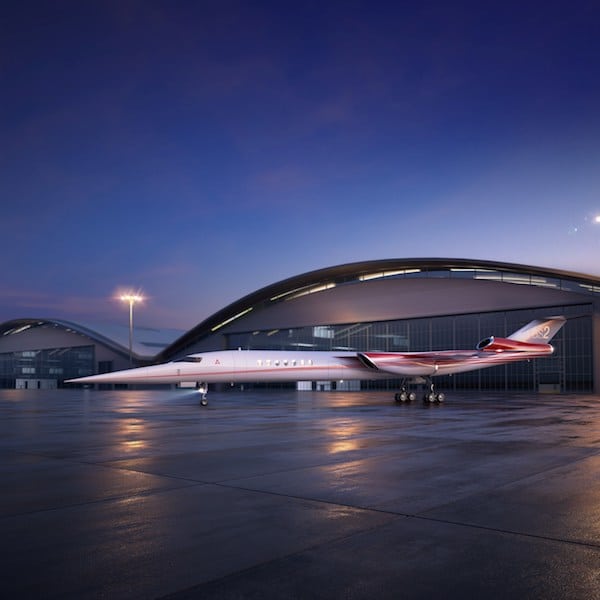
PRNewsfoto/Lockheed Martin Aeronautics Com
Lockheed Martin and Aerion are exploring the possibility of teaming to make a supersonic business jet, Lockheed Martin said. The two companies signed a memorandum of understanding Friday to define a formal and gated process to explore feasibility of building the Aerion AS2.
[Japan Airlines Invests $10M in US Company Building Supersonic Airliner]
“This relationship is absolutely key to creating a supersonic renaissance,” said Aerion Chairman Robert M. Bass. “We share with Lockheed Martin a commitment to the long-term development of efficient civil supersonic aircraft.”
[New Pilot Interfacing Tech Could Support Future Supersonic Flights]
Over the next year, Aerion and Lockheed Martin plan to work together to develop a framework on all phases of the program, including engineering, certification and production. The signing is a result of discussions between Aerion and Lockheed Martin’s Skunk Works, Lockheed Martin said. It’s also a result of 2.5 years of work between Aerion and Airbus. An engineering agreement between the two companies yielded a preliminary design of wing and airframe structures, systems layout and preliminary concepts for a fly-by-wire flight control system.
[Supersonic Passenger Jet Travel Closer to Reality with NASA Milestone]
Lockheed Martin has a resume full of supersonic aircraft experience, including work on the F-16, the F-35, and F-22, as well as the Mach 3+ SR-71 reconnaissance aircraft. Now, the manufacturer said it is “committed” to developing supersonic solutions with civil and commercial applications.
GE Aviation announced an agreement with Aerion in May to define a supersonic engine for the AS2. Lockheed Martin said that in a previous AS2 design, three engines were grouped in the rear. The newer configuration still incorporates three engines, but the two outboard engines are now pulled forward, under the wing, while the third remains in the tail, Lockheed Martin said. With 18,000-pound thrust turbofan engines, the new design improves weight, balance, systems layout, maintainability and simplifies some certification requirements, according to Lockheed Martin.

AS2 interior carries 12 in large-business-jet comfort up to 5,400 nm (6,215 statute miles/10,000 km). Max cruise speed is Mach 1.4, about 55% faster than today’s fastest commercial jets, at a speed greater than 1,000 mph/1,600 kph. The AS2 saves as much as three hours across the Atlantic and more than five hours across the Pacific. Aerion is working with Lockheed Martin and GE Aviation to develop the AS2. Photo courtesy of Lockheed Martin